
Liquid Restaking Tokens (LRTs) are rapidly redefining the boundaries of Ethereum DeFi, with eXETH at the forefront of this innovation. As the primary LRT of the EKOX protocol, eXETH enables ETH holders to unlock dual-layer yields and composable liquidity, without sacrificing control or flexibility. With the EigenLayer restaking ecosystem maturing and new protocols joining the network, understanding how tokens like eXETH work is critical for anyone seeking to optimize yield or participate in next-generation DeFi strategies.

How eXETH Works: Dual Yield, Maximum Flexibility
eXETH represents a user’s proportional share of ETH staked and restaked via EKOX across both Ethereum’s consensus layer and EigenLayer’s Actively Validated Services (AVSs). When users deposit ETH or WETH into EKOX, they receive eXETH tokens. These tokens are fully fungible ERC-20 assets that can be freely traded or integrated into any compatible DeFi protocol.
The innovation lies in dual yield capture. Holders earn:
- Ethereum Staking Yield (SY): Rewards from Ethereum validators.
- EigenLayer Restaking Yield (RY): Additional incentives from securing AVSs through EigenLayer.
This yield is auto-compounded directly into eXETH’s redemption price, users never need to manually claim rewards. Instead, their token’s value increases over time, reflecting all accumulated rewards across both layers. For a technical deep dive on how this works under the hood, see docs.ekox.com.
Key Benefits of Using Liquid Restaking Tokens Like eXETH
-
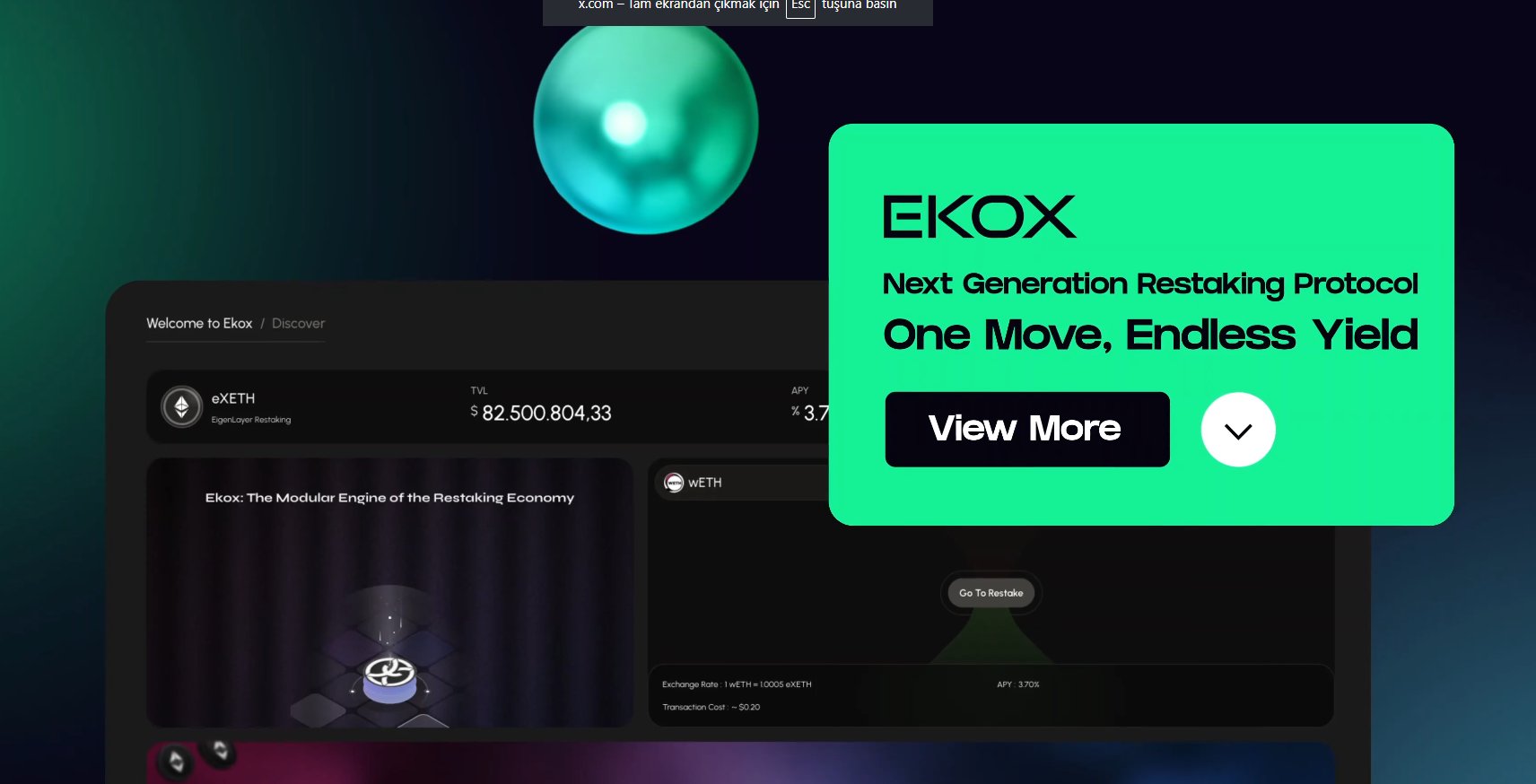
Dual Yield Generation: eXETH captures both Ethereum staking rewards and EigenLayer restaking yields, maximizing returns for holders.
-

Auto-Compounding Rewards: All earned rewards are automatically reinvested, steadily increasing the redemption value of eXETH over time without manual intervention.
-

Seamless DeFi Integration: As a fully fungible ERC-20 token, eXETH can be used across major DeFi protocols for lending, borrowing, trading, and yield farming.
-
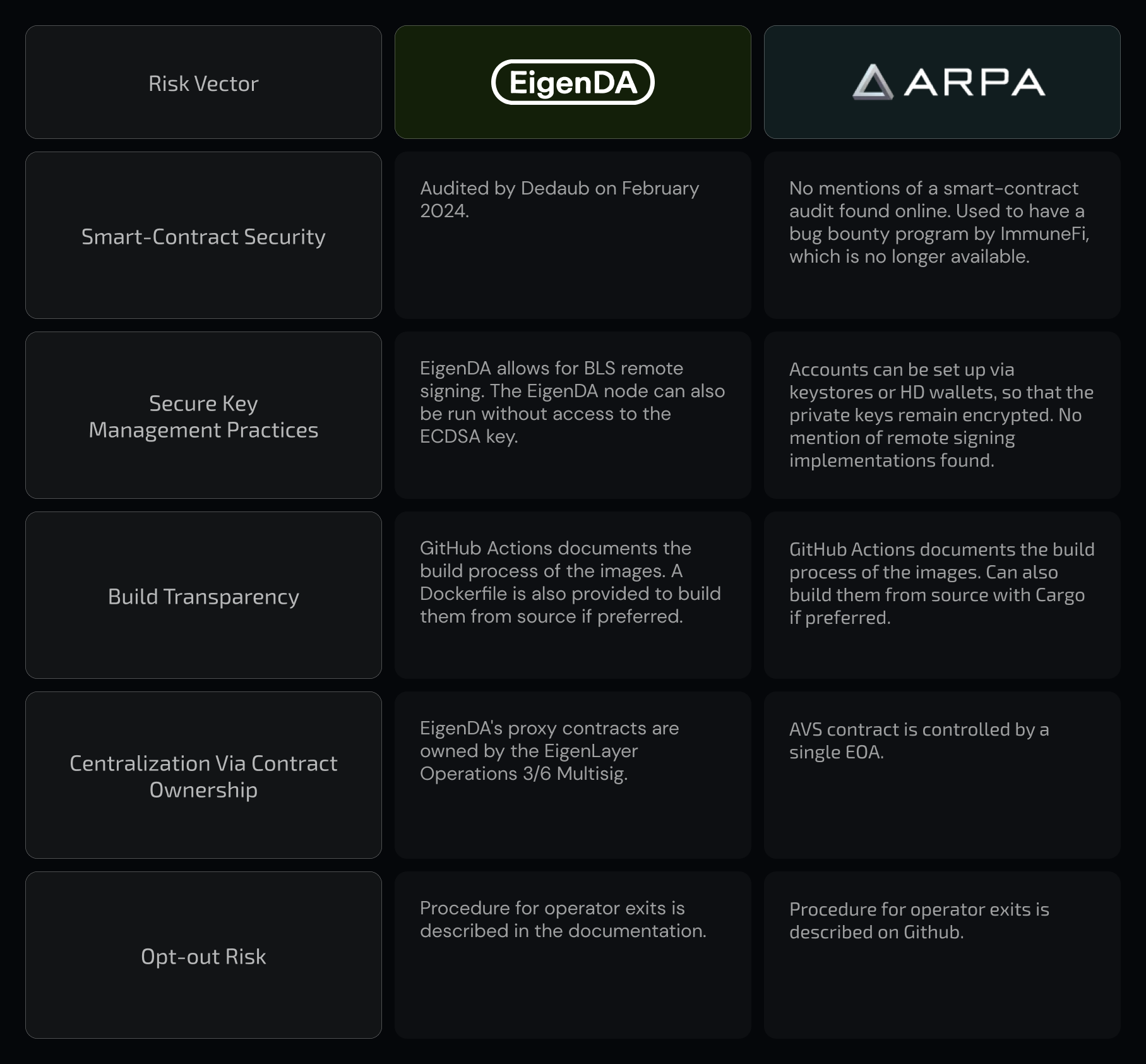
Risk Diversification: Restaked ETH is distributed across multiple Actively Validated Services (AVSs) on EigenLayer, reducing reliance on any single operator or service.
-

Non-Custodial Asset Control: Users retain full control over their assets, with all transactions executed through transparent smart contracts.
-

Enhanced Liquidity: eXETH allows users to unlock liquidity from staked ETH, enabling participation in additional DeFi opportunities without sacrificing staking rewards.
The Power of Composability: DeFi Integration at Scale
LRTs like eXETH are designed for seamless integration across decentralized finance. As ERC-20 tokens, they can be supplied as collateral in lending markets, paired in AMMs for trading liquidity, or staked in yield farms, all while continuing to accrue dual-layer rewards.
This composability is a major step forward compared to traditional staking or even first-generation liquid staking derivatives (LSDs). Where LSDs such as stETH focus solely on Ethereum validator rewards, LRTs extend utility by capturing AVS rewards from EigenLayer. This layered approach maximizes capital efficiency and risk-adjusted returns for sophisticated users.
Diversification and Security Through AVS Allocation
A core advantage of EigenLayer-based restaking is risk diversification. Rather than concentrating exposure on a single validator set or service provider, protocols like EKOX allocate staked assets across multiple AVSs within EigenLayer. This spreads risk and enhances network resilience while still delivering attractive yields.
The non-custodial nature of these systems means users retain full control over their assets at all times, every transaction is executed via transparent smart contracts rather than centralized intermediaries. For more on the security model underpinning this design, refer to this overview of EigenLayer’s architecture.
With restaking composability, DeFi users can leverage eXETH in advanced strategies that were previously impossible with non-liquid assets. For example, eXETH can be looped through lending protocols to amplify exposure, or paired with stablecoins in AMMs to generate additional trading fees while still accruing both staking and AVS rewards. This unlocks new forms of yield stacking and portfolio optimization for capital allocators.
Real-World Use Cases: The DeFi Flywheel
The adoption of liquid restaking tokens like eXETH is driving a flywheel effect throughout the Ethereum ecosystem. As more protocols integrate eXETH, network effects accelerate: liquidity deepens, yields become more competitive, and risk is increasingly diversified. This creates a virtuous cycle where both individual users and the broader network benefit from increased security guarantees and capital efficiency.
- Lending Markets: Supply eXETH as collateral to borrow stablecoins or other assets without missing out on staking or AVS rewards.
- Automated Market Makers (AMMs): Pair eXETH with ETH or stablecoins for passive income from trading fees.
- Yield Aggregators: Deposit eXETH into vaults that auto-optimize yield strategies across multiple protocols.
- Risk Management: Diversify by holding an asset that distributes underlying ETH across several AVSs and validator sets.
Challenges and Considerations
No innovation comes without trade-offs. While liquid restaking tokens maximize flexibility and yield, users should understand the underlying risks. These include smart contract vulnerabilities, potential slashing events on either the Ethereum consensus layer or within EigenLayer’s AVSs, and market liquidity risks when using LRTs as collateral in leveraged positions. Rigorous protocol audits and transparent governance are essential for sustainable growth.
The rapid rise of protocols like EKOX demonstrates demand for liquid restaking solutions, but it also raises important questions around protocol risk management and the long-term sustainability of dual-layer yields as new AVSs come online. Staying informed about changes to EigenLayer’s security model or reward structures is critical for sophisticated users seeking to maintain an edge in this dynamic landscape.
Looking Ahead: The Future of Restaking Composability
The evolution from static staking to fully composable liquid restaking marks a paradigm shift for Ethereum DeFi. With assets like eXETH at their core, users gain access to programmable yield streams that can be deployed across an ever-expanding suite of decentralized applications, without sacrificing security or liquidity. As the EigenLayer ecosystem matures through 2025 and beyond, expect LRTs to become foundational building blocks for institutional-grade DeFi portfolios.
Top Protocols Integrating eXETH and LRTs in 2025
-

EigenLayer: The foundational restaking protocol enabling eXETH and other liquid restaking tokens to secure Actively Validated Services (AVSs) while maximizing dual-layer yields for users.
-
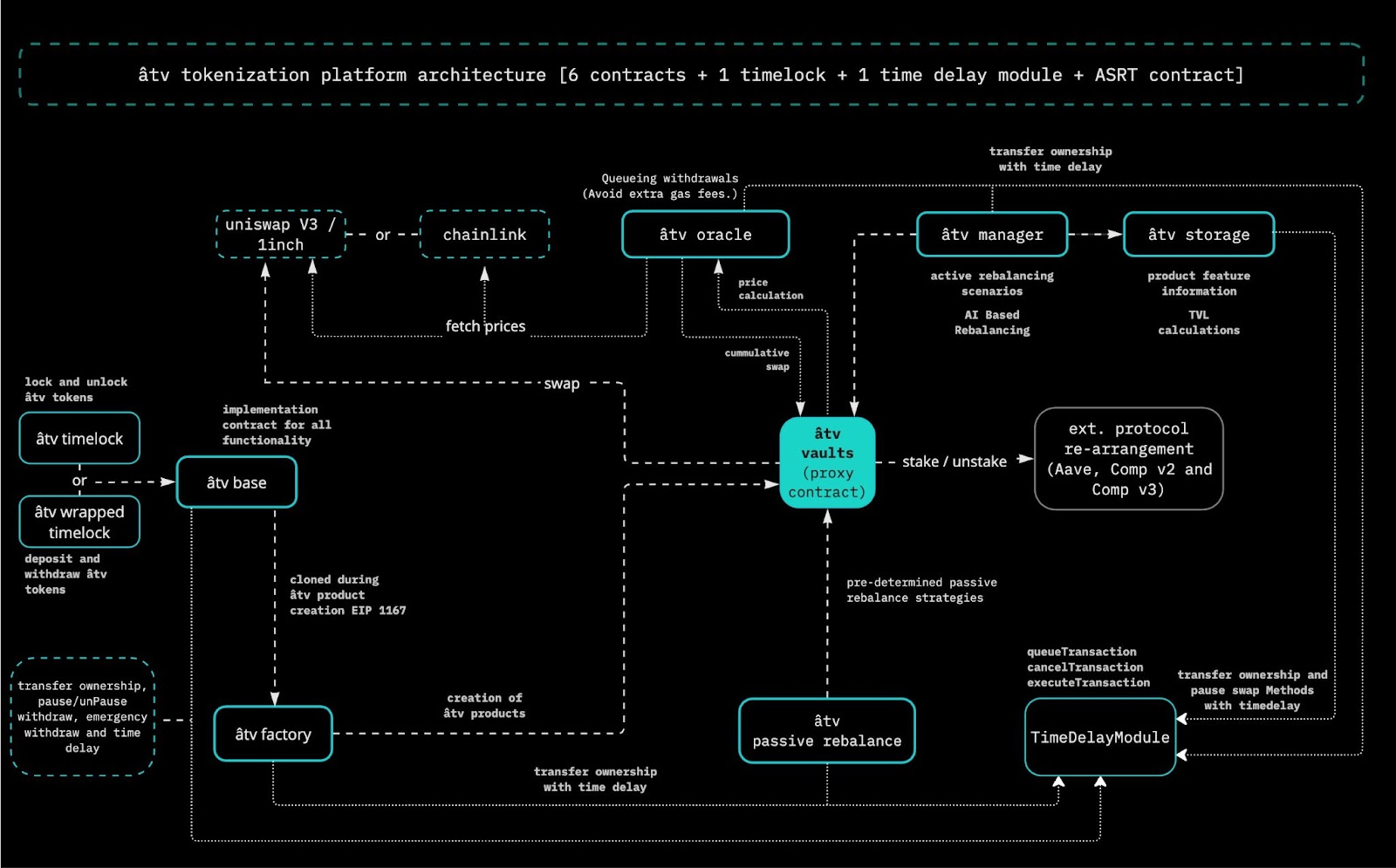
Aave: Leading DeFi lending protocol supporting eXETH as collateral, allowing users to borrow stablecoins and other assets while earning auto-compounded staking and restaking rewards.
-
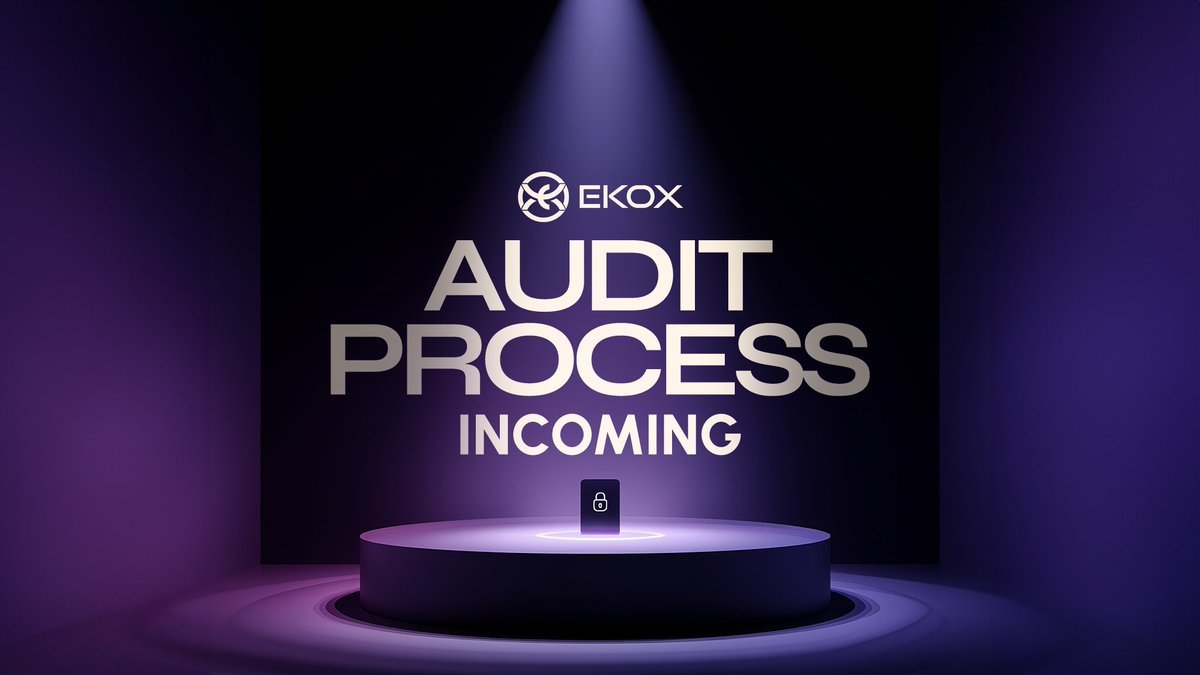
Balancer: Decentralized automated market maker (AMM) platform featuring liquidity pools with eXETH, enabling efficient trading and yield farming opportunities for LRT holders.
-
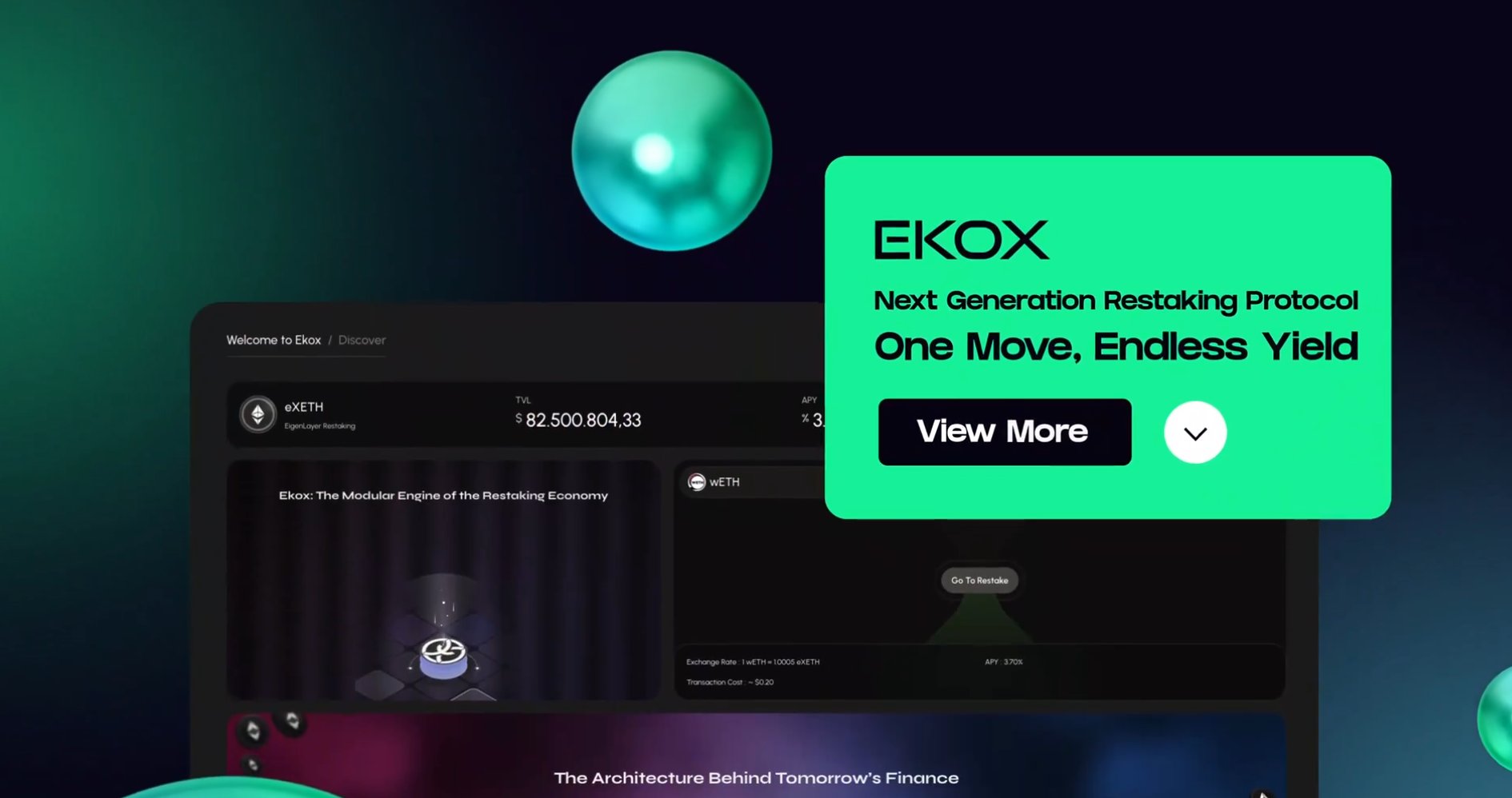
Curve Finance: Renowned stablecoin and LST DEX integrating eXETH trading pairs, providing deep liquidity and low-slippage swaps for liquid restaking tokens.
-

Ether.fi: Prominent liquid staking and restaking platform leveraging EigenLayer, supporting eXETH and similar LRTs to optimize ETH yield strategies.






